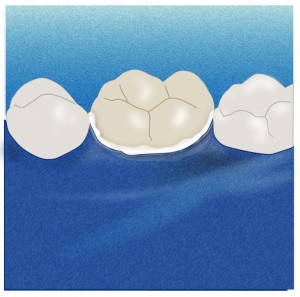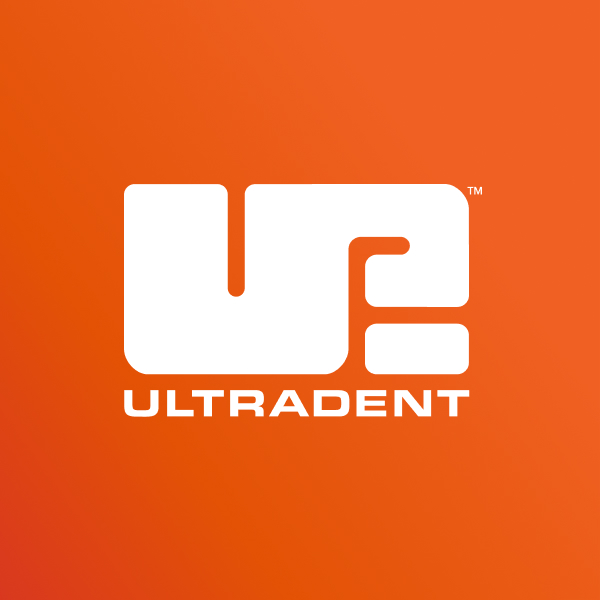Moisture. It’s the constant battle of dentists everywhere as they fight, on a daily basis, to perform quality, precise work that offers longevity to the patient. This can only be done in the presence of zero to very little moisture, thus, clinicians are constantly looking for effective ways to block and/or slow its flow while they work. One of the “old reliables” dentists turn to time after time remains the rubber dam—a standard, yet polarizing tool that been in most dentist’s bag of tools since its advent by Sanford C. Barnum in 1964.
The many advantages the rubber dam has brought to modern dentistry can arguably far outweigh its disadvantages, but Dr. Dan Fischer, president and CEO of Ultradent Products, Inc., says, “It has its limits.” And when the rubber dam has reached these limits, Dr. Fischer points toward another reliable product that is always there to “fill in the gaps,” so to speak. That product is OraSeal.
For example, he says, “When working with bridges, sometimes we have to isolate an abutment during an endodontic procedure. The rubber dam doesn’t quite fit over the pontic, thereby producing a leak. When using a rubber dam on single teeth, you don’t always get a perfect seal on the gingival cuff. This is especially true with elongated teeth above the bifurcation, etc. In addition, we get small holes and tears in the rubber dam. In such situations, I use OraSeal.”

OraSeal is a cellulose-based material that is available in both flowable (caulk) and firmer (putty) consistencies that is applied via syringe. Its greatest advantage is that it effectively adheres to wet rubber dams, wet gingival and mucosal tissues, wet teeth, metals, etc.—even under water or in saliva! This allows for reparation of the rubber dam when small perforations occur, or to achieve a tight seal on the gingival cuff before placing a rubber dam. OraSeal can also be used for isolation purposes even without the presence of a rubber dam. For instance, OraSeal can be used for isolation when bonding orthodontic brackets. Additionally, placing a thin line of OraSeal on the gingival border is often all that is necessary to prevent saliva from creeping in on an area that must be cemented. OraSeal putty is best suited for block-out procedures. When taking impressions around bars or clips, one can close the open spaces between the gingiva and the attachments easily with OraSeal.
Dr. Fischer adds, “Sometimes intraoral prosthetic devices need to be cold cure-bonded to secondary attachments, or provisional work needs to be produced intraorally. In such cases, I fill in the undercuts and open spaces to keep out the resin. After applying OraSeal, it’s easy to manipulate. I personally use a moist (gloved) finger, a wet swab or a modelling instrument. Removal is also very easy. You shouldn’t vacuum up large quantities of OraSeal. It’s easier to remove the larger pieces using a cotton pellet. The residue can then be removed easily with a brush or a three-way syringe and suction. In using OraSeal on a regular basis in my practice, it has become indispensable. I’m always finding new places to use it. There are many situations during a treatment which call for isolation and protection—and not just against moisture. We need to protect and isolate against other agents and procedures.”
Indeed, the uses for OraSeal go far and beyond what one might first imagine for a dental caulking putty—and although it may be simple, its importance to every day practice has proven essential to dentists the world over. To learn more about OraSeal, please call 800.552.5512, or visit ultradent.com.








